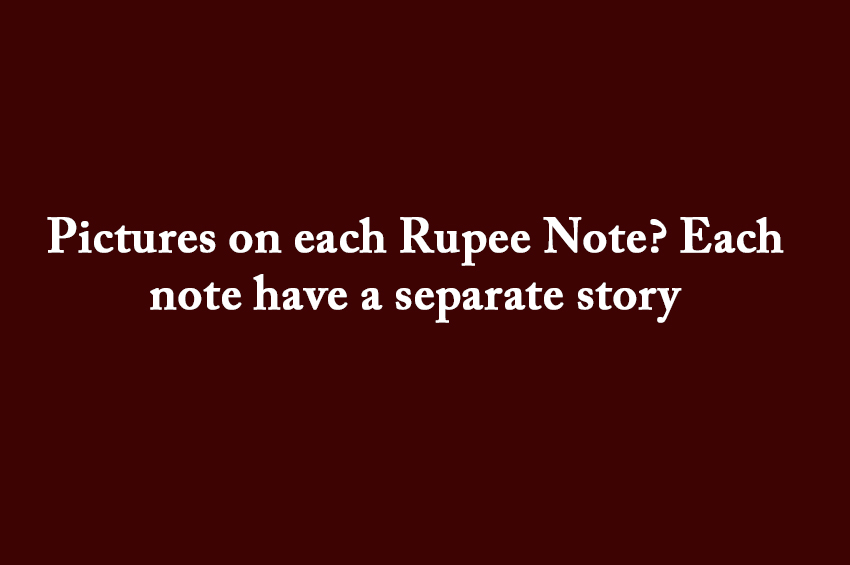Winning Bizness Sports Desk
Mumbai. Every country in the world has their own currency as India have its own currency rupees. Currently rupee notes range from one rupee note to 500 rupees. Over time some notes have been withdrawn from circulation. But each of these notes have some pictures or photos, behind these pictures and photos on the notes there is some history. The back of each note has pictures of various monuments, animals, places, temples and people printed on it. The basic purpose of printing photos on currency notes is to show the culture and biodiversity of the country to the world.
One rupee note
One rupee note was printed for the first time in India during World War I. Before that, the country had a one rupee silver coin bearing the image of George V in circulation, but World War I reduced the supply of silver coins and the government issued a one rupee note on 30 November 1917. The one rupee note is not printed by the RBI, rather it is printed by the Ministry of Finance. The front side of this note has a picture of a one rupee coin and the reverse side of the note has a picture of an oil exploration ship.
A ten rupee note
Notes ranging from Rs 1 to Rs 10 keep circulating very fast and that is why they deteriorate quickly. To solve this problem, the government decided to coin these rupees. The front side of the old ten rupee note has Mahatma Gandhi, Ashoka Pillar, while the back side of the note has a picture of a rhinoceros, an elephant and a tiger. The reverse side of the new ten rupee note features a photo of the wheels of the Konark Sun Temple and the Swachh Bharat logo. It costs about 96 paise to print a 10 rupee note.
A fifty rupee note
It costs approximately Rs 20 to print a Rs 50 note. Currently 1,81,4000 million notes of 50 rupees are in circulation. The back of the note features a portrait of Mahatma Gandhi, the Ashoka Pillar and a photo of the Indian Parliament, representing India's strong democracy. The reverse side of the new note features the 'Swachh Bharat' logo and the location of Hampi (Karnataka). Hampi is a World Heritage Site in India.
One hundred rupee note
The cost of printing this note is Rs 1.20 and 16,000 million notes of this value are in circulation in the market. The obverse side of the note features a photo of Mahatma Gandhi and the Ashoka Pillar, while the reverse side features a photo of Kanchenjunga, the highest mountain in India.
Five hundred rupee note
After demonetisation in 2016, old Rs 500 and Rs 1000 notes were replaced by new Rs 500 notes. Printing of new 500 notes costs approximately Rs 2.94. The obverse side of this note has a picture of 'Swachh Bharat' and 'Red Fort' of Delhi.


